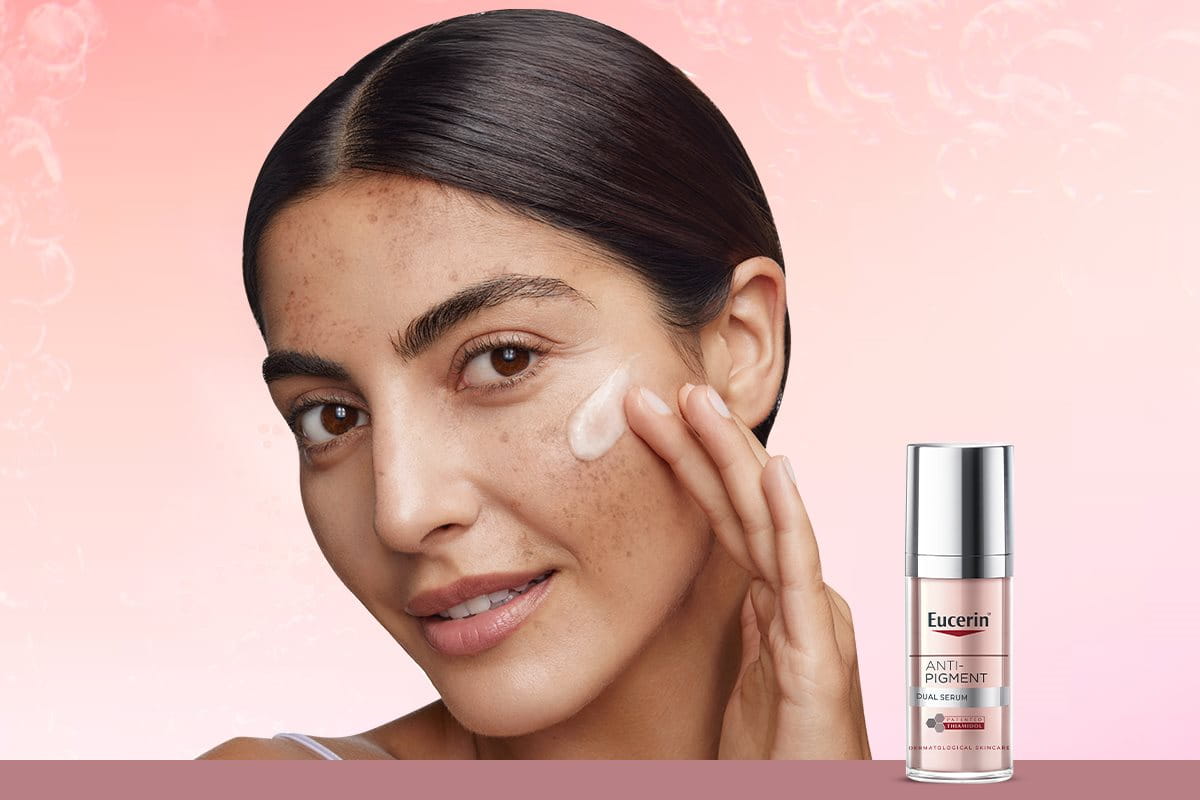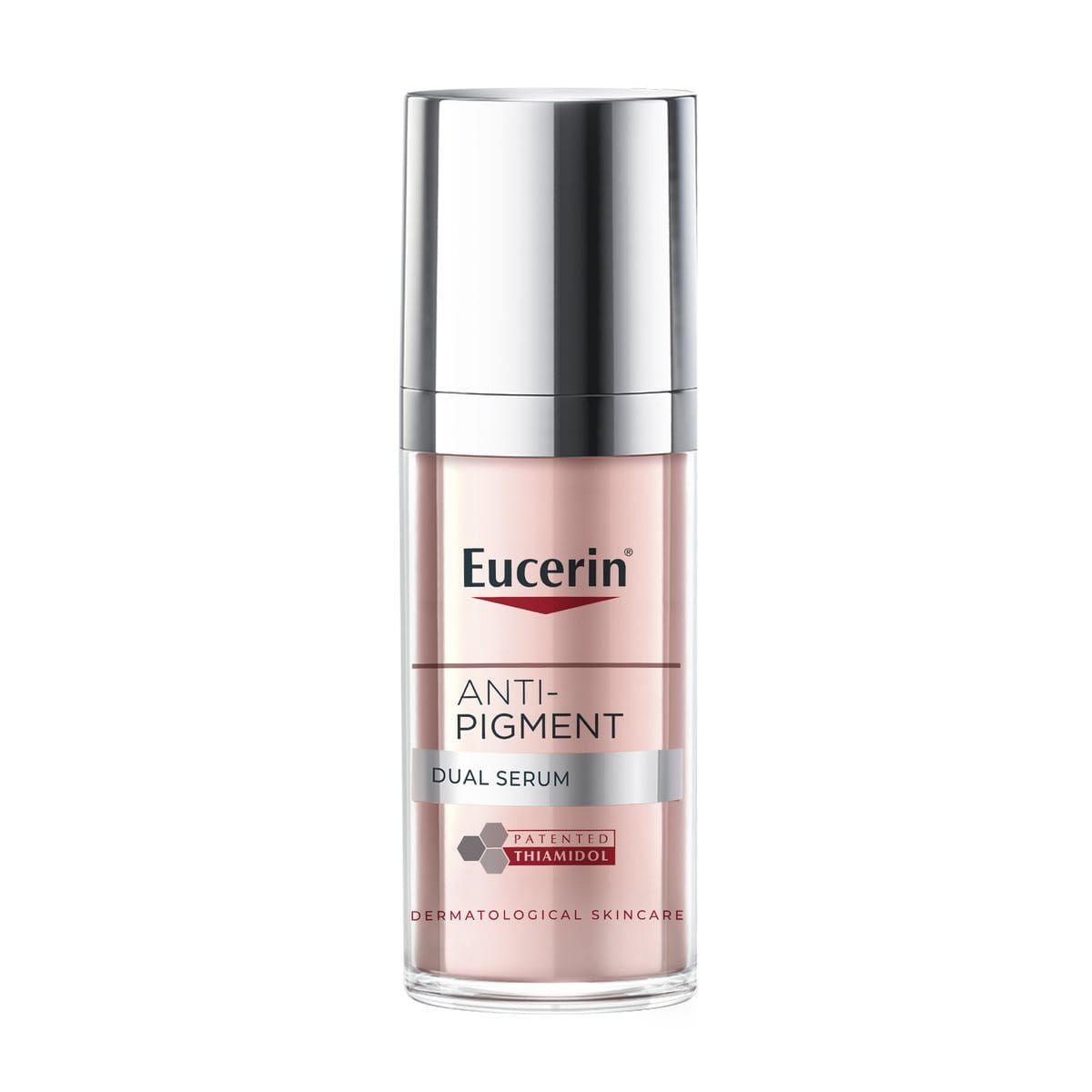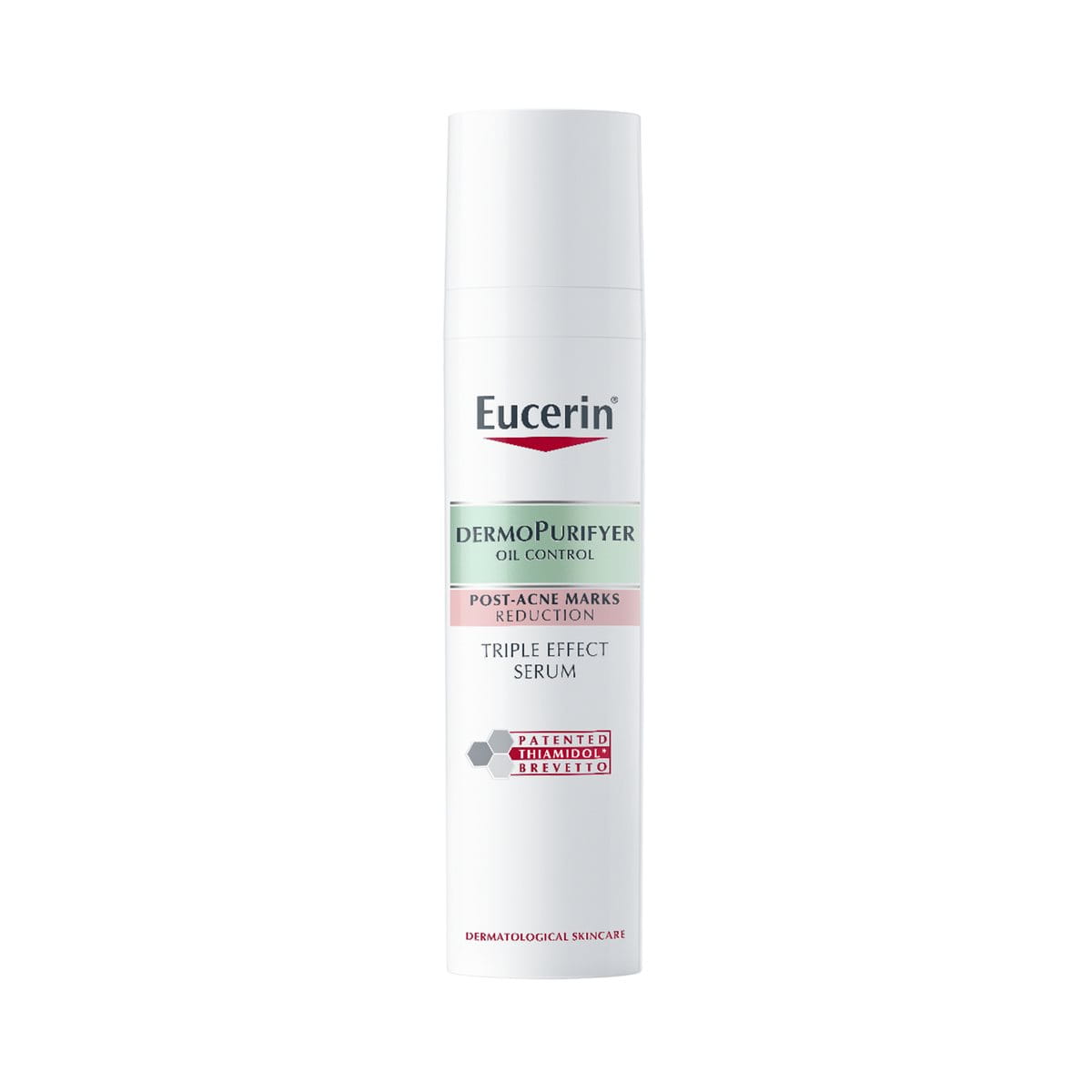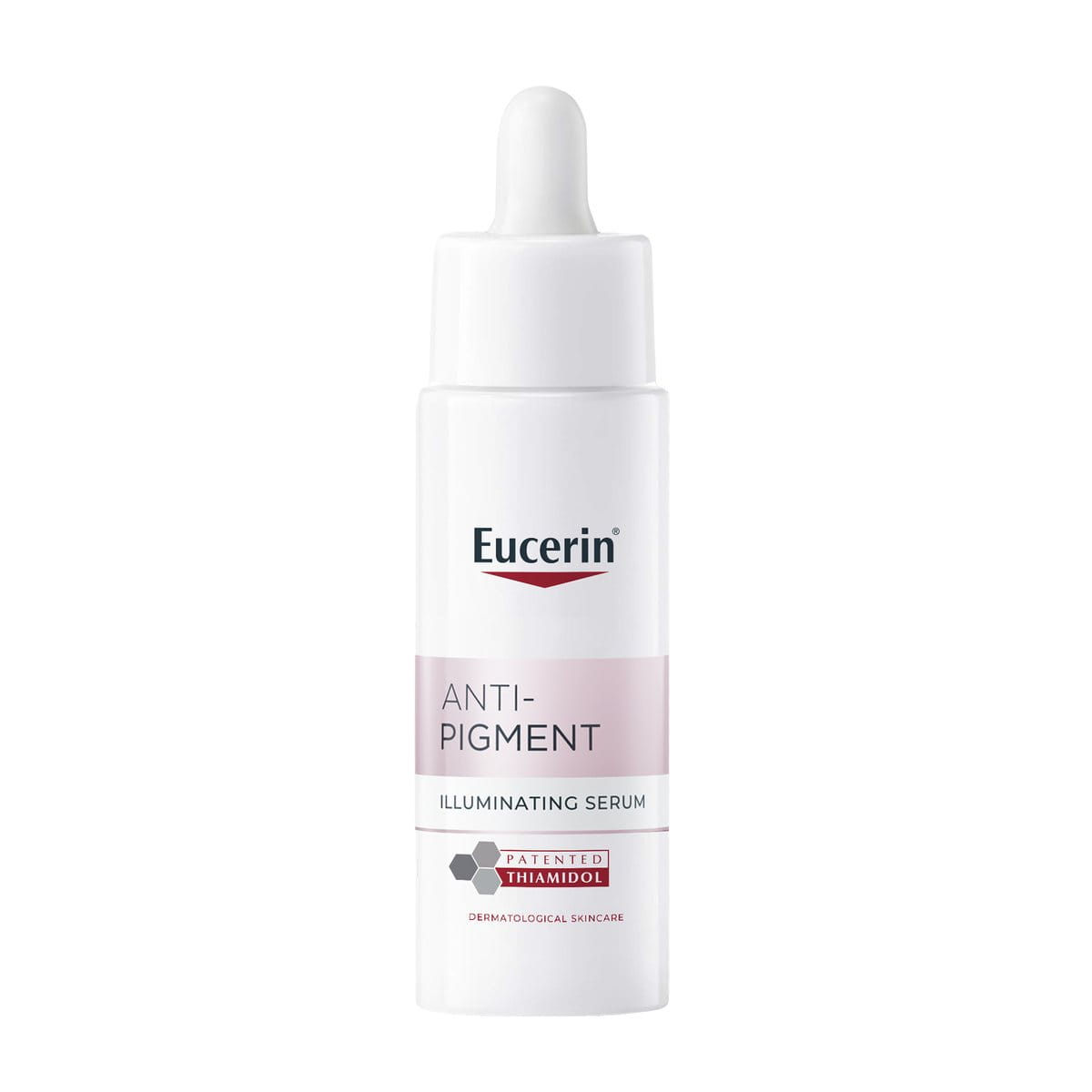Post-inflammatory hyperpigmentation is a common skin condition that can be categorized with dark spots or patches on the skin. While these are harmless and may affect anyone, regardless of their skin type or ethnicity, the long-term effects of hyperpigmentation may potentially impact self-esteem and cause emotional distress to an individual. With its widespread prevalence in mind, it is integral to understand what constitutes post-inflammatory hyperpigmentation in detail to equip yourself with the knowledge to identify and treat the condition to manage these stubborn marks in the future.
Keynotes:
- Post-inflammatory hyperpigmentation refers to non-textured, flat, discolored patches that manifest after trauma to the skin.
- Inflammatory skin conditions like acne, cuts, eczema or sunburn as well as mechanical trauma such as picking and scratching, may cause PIH.
- Certain effective methods to combat the condition are topical treatments, chemical peels, light and laser therapy.
- Inculcate gentle skincare practices while daily usage of sunscreen and early intervention can help minimize the risk of further aggravating PIH.





